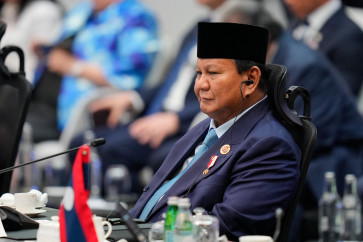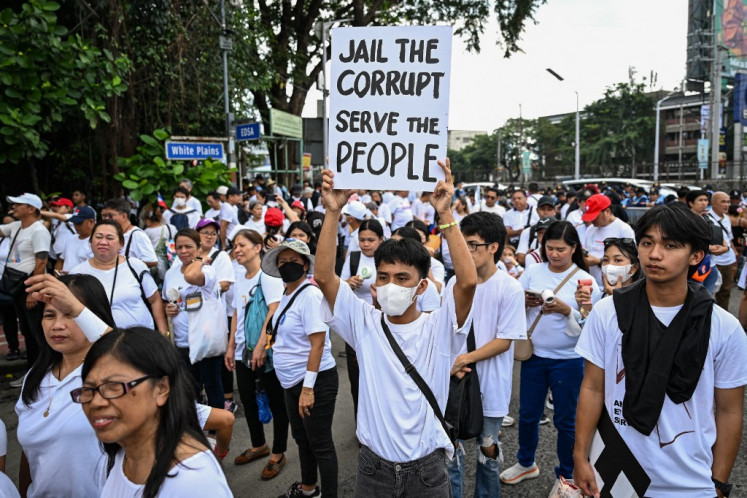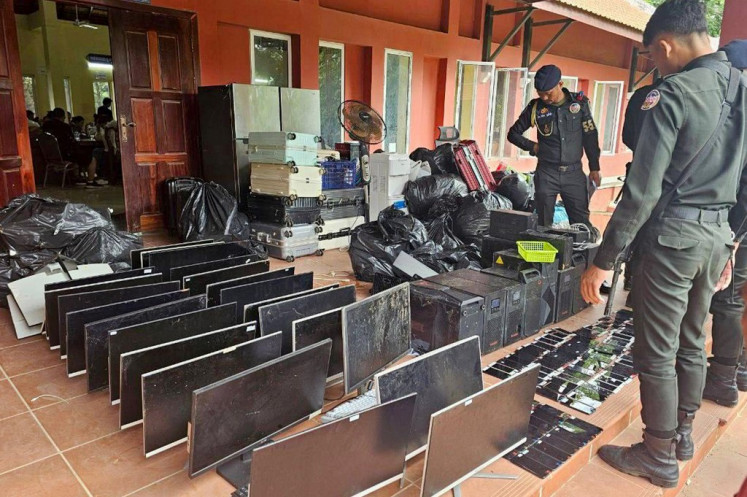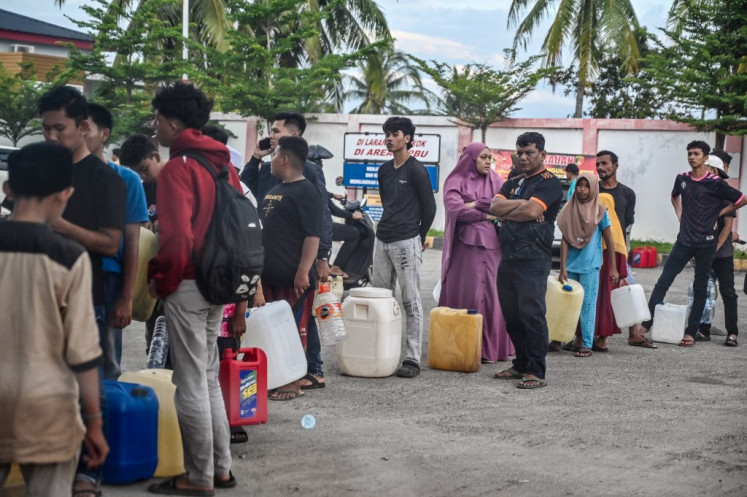Popular Reads
Top Results
Can't find what you're looking for?
View all search resultsPopular Reads
Top Results
Can't find what you're looking for?
View all search resultsInclusion without understanding: Potential risk in financial future
The growing gap between financial inclusion and financial literacy presents a considerable structural challenge.
Change text size
Gift Premium Articles
to Anyone
Indonesia is making significant progress toward achieving broader financial inclusion.
The latest 2025 National Survey of Financial Literacy and Inclusion (SNLIK), conducted by the Financial Services Authority (OJK) and Statistics Indonesia (BPS), shows a promising increase in financial access across the archipelago. The financial inclusion index has risen to 80.51 percent, while the financial literacy index has climbed to 66.46 percent, marking a modest improvement from the previous year.
However, the growing gap between financial inclusion and financial literacy, now at a record 14.05 percentage points, presents a considerable structural challenge. More Indonesians are using financial products and services, yet a significant portion lack a full understanding of how to manage and evaluate these services responsibly.
This disconnect threatens to undermine the fundamental goal of financial inclusion: Improving financial well-being and reducing vulnerability to economic shocks. In an era of rapid digitalization, where fintech services and online lending platforms are just a few taps away on a smartphone, the risk of financially uninformed behavior is greater than ever.
The paradox of inclusion without literacy has serious implications. Access alone does not guarantee protection. Increased use of financial services without adequate understanding may expose individuals to greater risks, especially among youth and first-time users.
For example, there has been a sharp rise in cases related to illegal online lending and financial fraud. Since 2017, over Rp 130 trillion (US$7.87 billion) in losses have been reported due to illegal investments, with many victims being young adults lured by get-rich-quick schemes or misled by social media influencers. According to the SNLIK 2025, financial literacy among teenagers aged 15-17 remains low at 51.68 percent, despite their relatively high access to digital finance.
This issue extends beyond the youth demographic. Women, rural populations and those with lower education levels consistently show lower financial literacy scores. The 2025 survey reveals that men (67.32 percent) are slightly more financially literate than women (65.58 percent), and urban dwellers (70.89 percent) score significantly higher than rural residents (59.60 percent). Literacy is also strongly correlated with education: Individuals with tertiary education score above 90 percent, compared to just 54.5 percent for those who completed only elementary school.



















